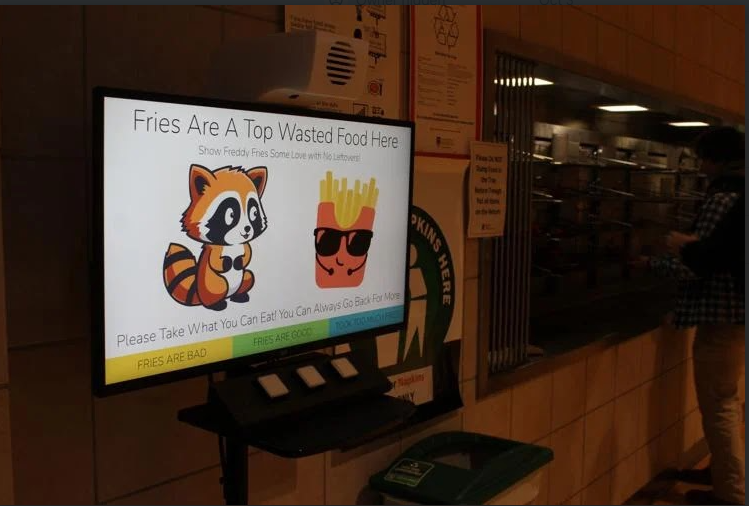Each year, 120 billion pounds of food are wasted in the United States, which is 325 pounds of waste per person. This is estimated to be approximately 40% of the entire US food supply, resulting in a loss of around $160 billion per year. And at the same time, nearly 14% of U.S. households did not have enough food on their tables in 2023, according to the United States Department of Agriculture’s national annual report on household food security.
In addition to the economic cost of paying for food that is not eaten, there are costs associated with transporting the waste to landfills, as well as the ongoing management and monitoring of these facilities. On the environmental side, food ends up in landfills, where it produces methane, a potent greenhouse gas. Reducing food waste is one of the 20 Drawdown Georgia Climate Solutions presented to reduce carbon emissions.
Drawdown Georgia, which is a multi-university research-based initiative launched in 2020 with funding from the Ray C. Anderson Foundation and led by Georgia Tech in collaboration with researchers at Emory University, Georgia State University, and the University of Georgia, highlights several major projects that aim to prevent, recovery, and recycle food such as the Atlanta-based startup Goodr, which Jasmine Crowe-Houston launched in 2017 to “Feed more and waste less” by picking up food waste and redistributing it for the greater good.
Other solutions exist to prevent food waste from entering landfills and reduce methane emissions, such as the food waste pick-up service CompostNow, which is also available at Georgia Tech’s dining halls. Another Atlanta-based organization is Concrete Jungle, led by Executive Director Katherine Kennedy, which celebrates foraging, farming, and redistributing Georgia-grown produce that would have otherwise gone to waste with hunger relief organizations across the state.
Ivan highlights that it is “Not only the culture of working with kitchens, but also the potential with business, to be more efficient and save money. This includes labor, transportation, purchasing, time spent, and staffing in kitchens.”

